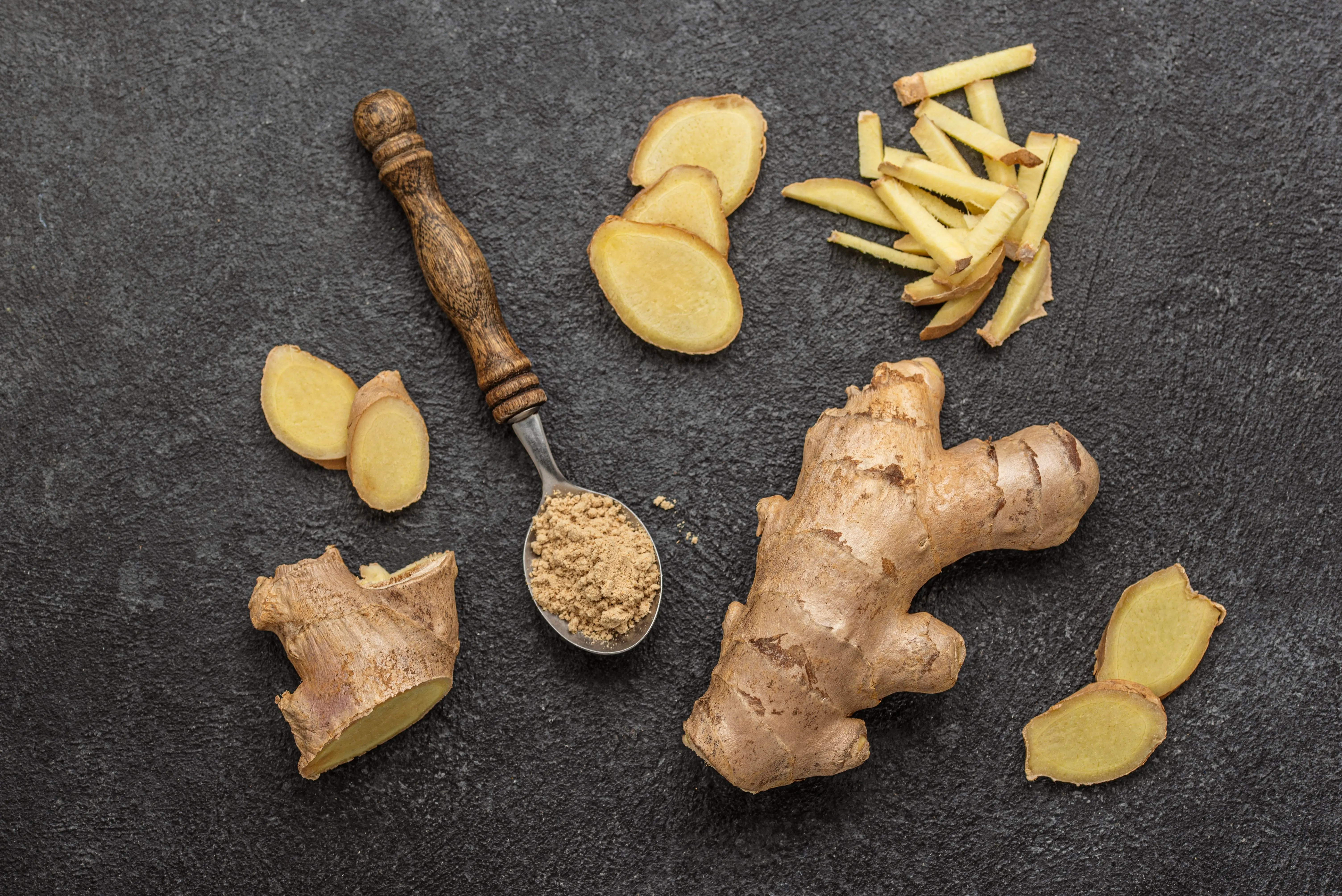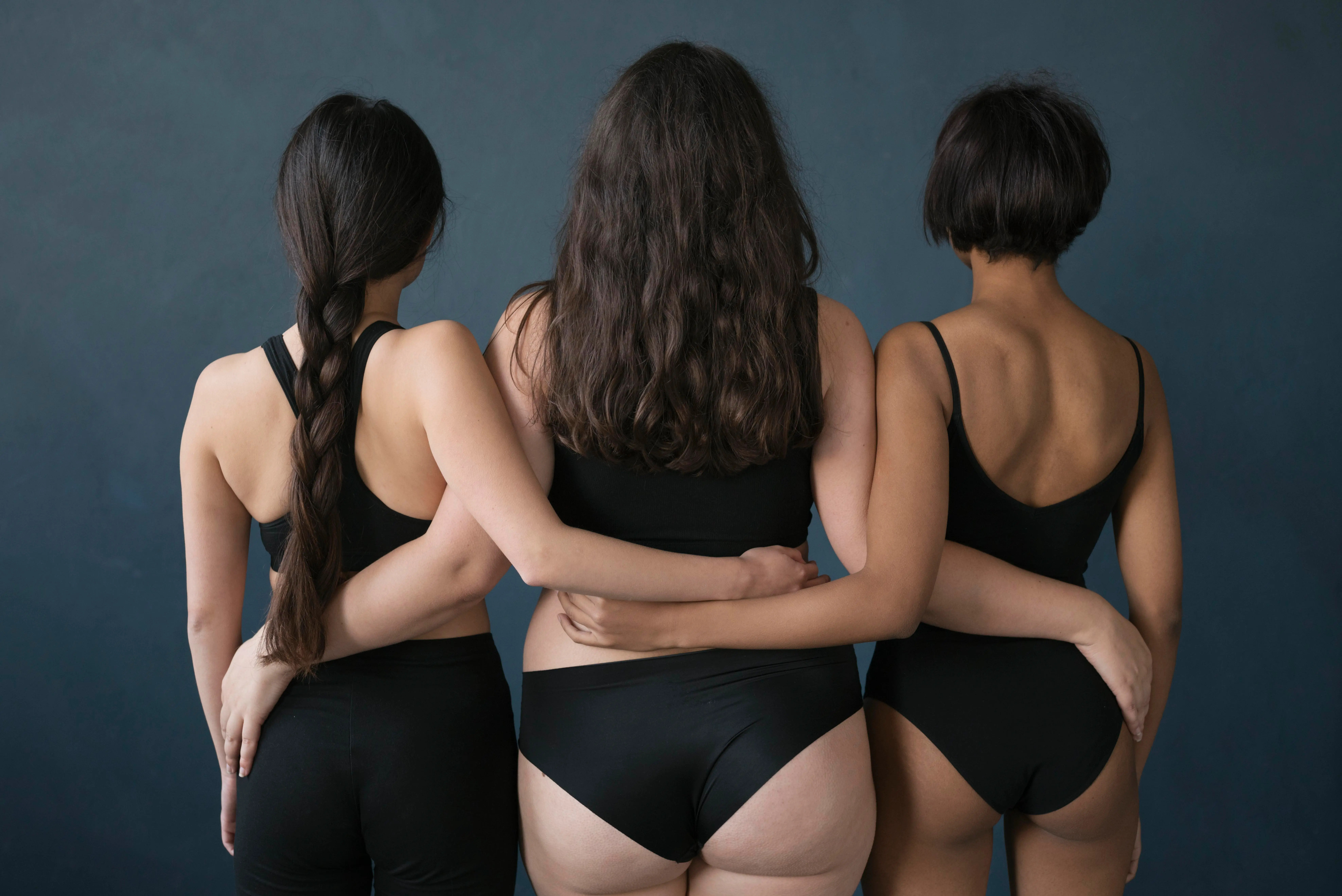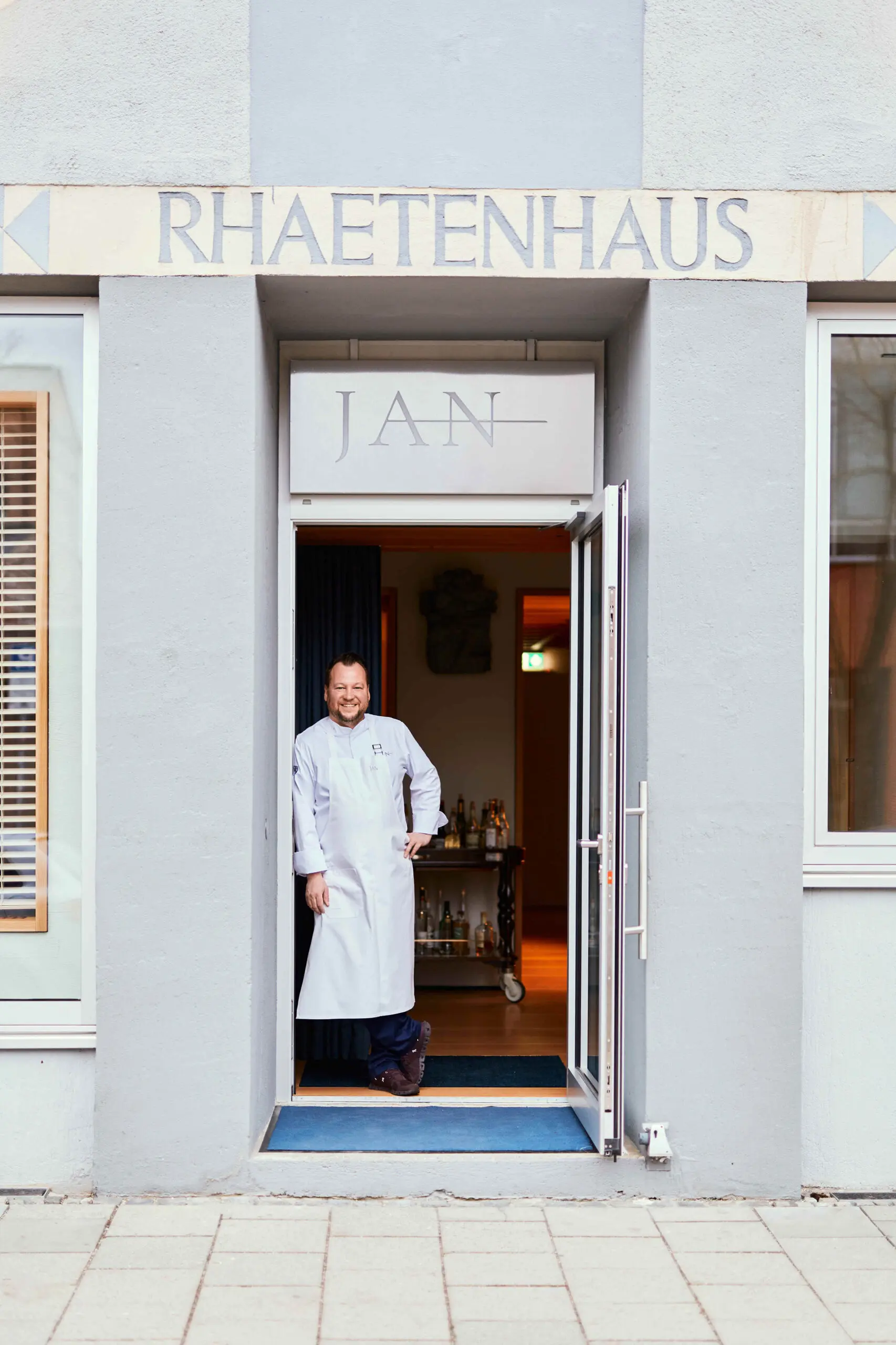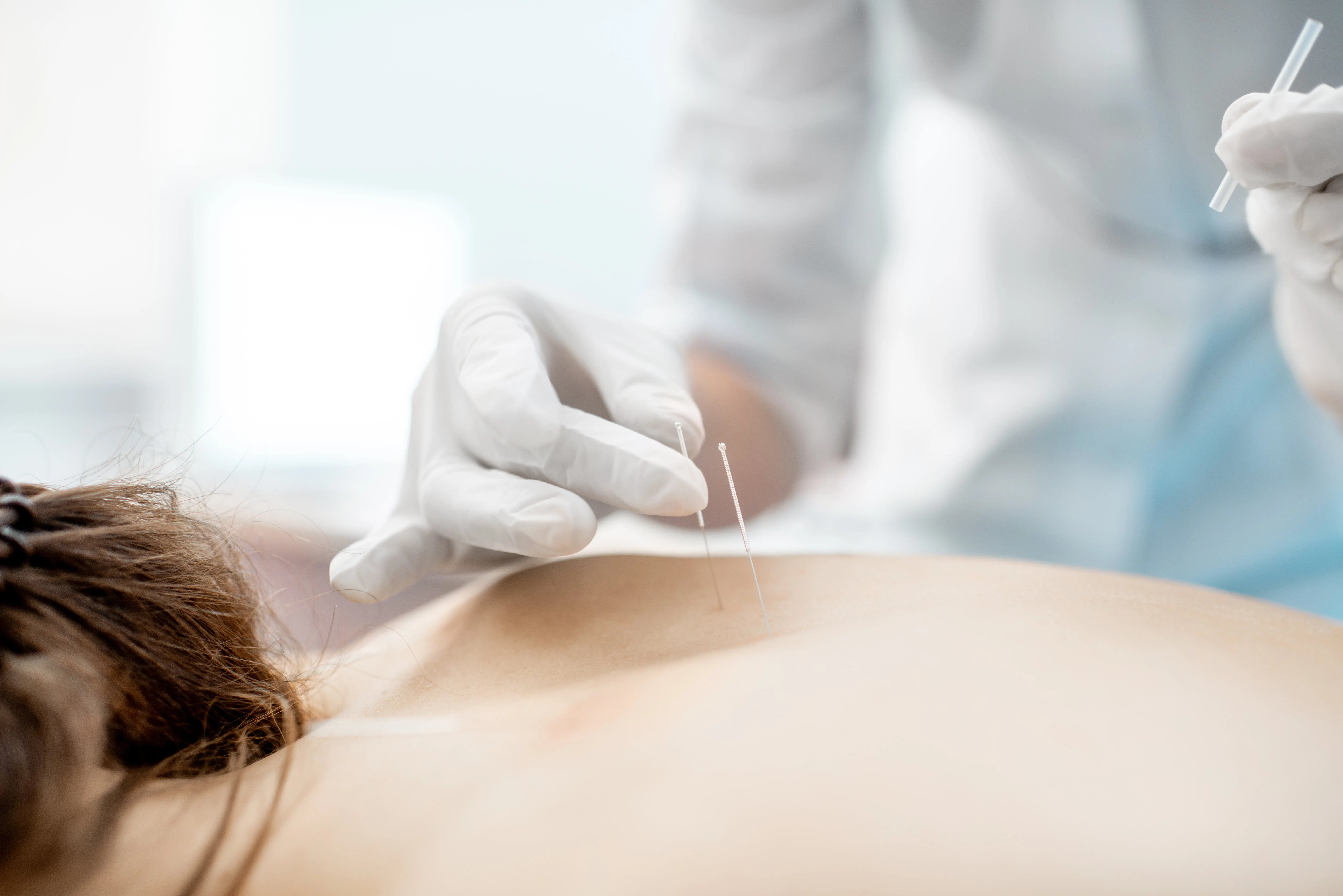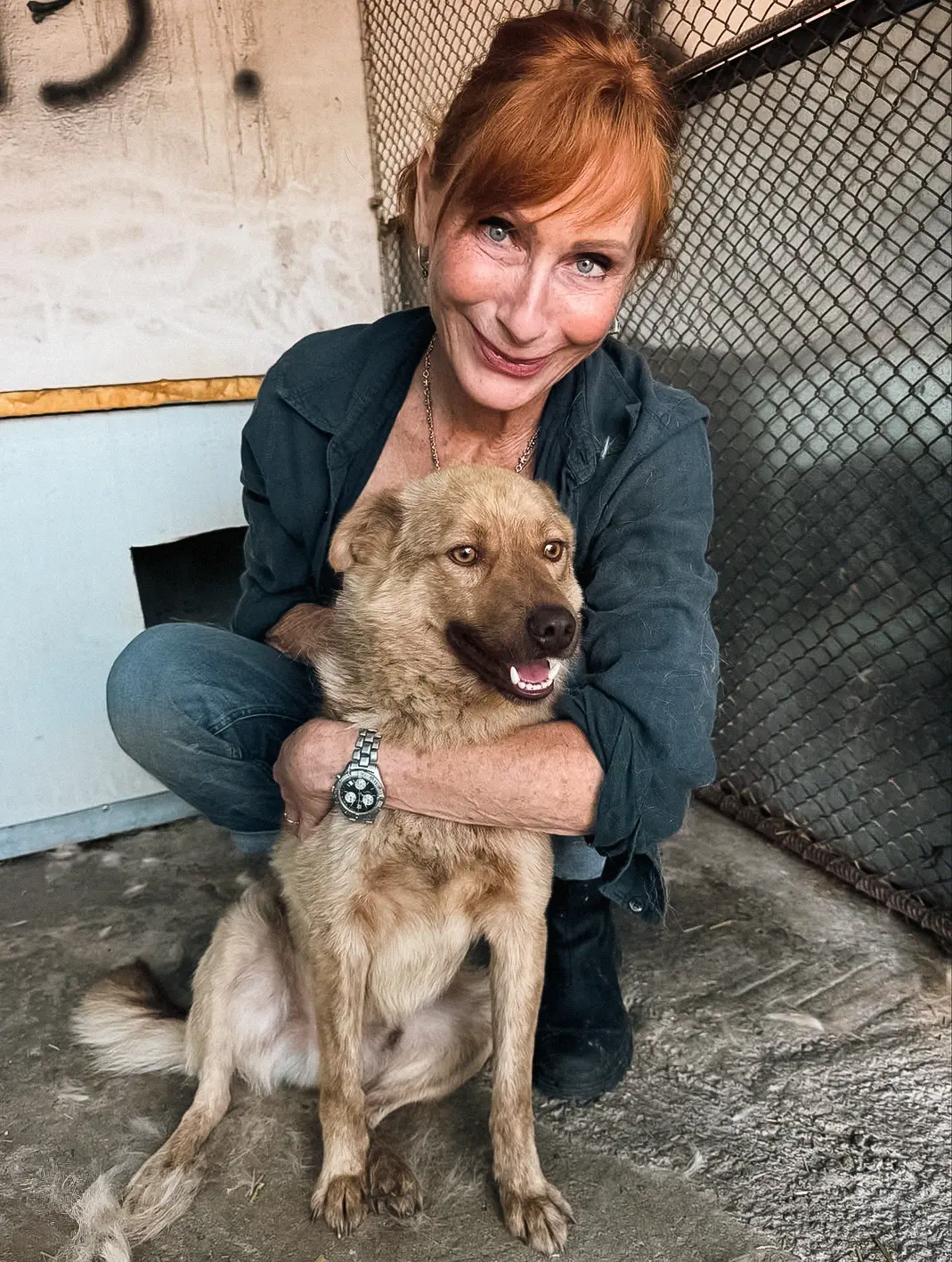Other Treatment Methods
Fat removal
Weight gain or genetic predisposition are often the reason for the accumulation of local fat deposits. Despite exercise and numerous diets, some simply don't want to disappear. So-called saddlebags or loose tissue on the abdomen, as can occur as a result of pregnancy, can gnaw at self-esteem.
A possible way to get a little closer to your ideal is through an aesthetic procedure to remove troublesome fat deposits. This can pave the way to a sporty and toned figure.
The procedure promises the greatest success with fat deposits that occur only in certain areas.
- Troublesome fat deposits
- The surrounding tissue does not change,
only the fat cells are damaged at the achieved temperatures. - After the treatment, the fat cells begin to die and are
broken down in the following weeks and months (about 25 - 30%) - With cryolipolysis, fat cells are specifically and controllably cooled.
This leads to adipocyte apoptosis. - The thickness of the fat layer is significantly reduced.
- The treatment leads to a significant reduction
of the fat pads.
- Back
- Upper arms
- Hips
- Butt
- Riding pants
- Thigh (inner)
- Calf
- Chin
- Upper abdomen
- Lower abdomen
- Knee
- A saline solution adapted to one of the body fluids, containing a local anesthetic and a vasoconstrictor, is placed under the skin in the desired zone.
- During an exposure time of about 30 minutes, the saline solution distributes evenly in the tissue. The skin visibly swells and appears inflated, and the fat cells dissolve. The tumescent anesthesia greatly prevents the extent of bleeding and swelling after the operation.
- A 3 mm thick, blunt cannula is inserted under the skin into the subcutaneous fat tissue. The suction cannula is connected via a tube and a syringe plunger to a vacuum pump, which removes the fat by negative pressure. The suction cannula is carefully moved back and forth under the skin by hand (manually) or with vibration technology (mechanically). All areas to be treated are reached. Nerves and vessels are not injured in the process.
Other Specializations
Other Treatment Methods in this Department
Experts for this Treatment Method
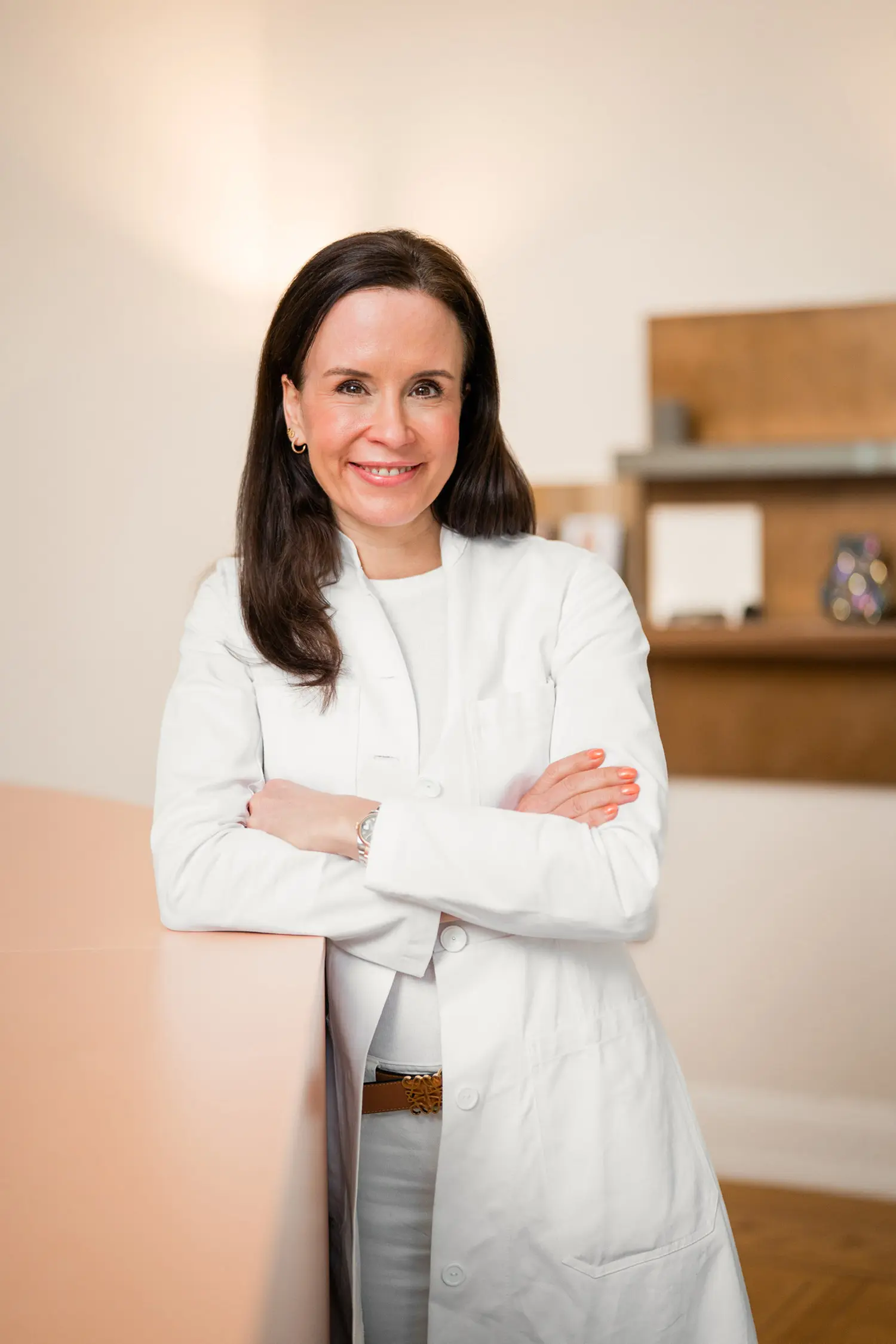
- Aesthetic Surgery & Dermatology
Dr. med. Anna Brandenburg
Dermatologische Privatpraxis Dr. Anna Brandenburg
- Aesthetic Surgery & Dermatology
Dr. med. Anna-Theresa Lipp
PANTEA – Privatpraxis für Plastische & Ästhetische Chirurgie und Lipödem-Chirurgie
- Aesthetic Surgery & Dermatology
Dr. med. Neda Nabavi
Ästhetisch Plastische Chirurgie
- Aesthetic Surgery & Dermatology
Dr. med. Michaela Montanari
Plastische und Ästhetische Chirurgie
- Aesthetic Surgery & Dermatology
Dr. med. Caroline Kim
Praxis für Ästhetische und Plastische Chirurgie
- Aesthetic Surgery & Dermatology
Dr. Dr. med. Wolfgang Funk
Klinik Dr. Funk, Klinik für Ästhetische-, Plastische- und Transgender-ChirurgieAll Experts in this Department
Show All
- Aesthetic Surgery & Dermatology
Dr. med. Anna Brandenburg
Dermatologische Privatpraxis Dr. Anna Brandenburg
- Aesthetic Surgery & Dermatology
Prof. Dr. med. Johannes a. Veit
Nasenchirurgie München
- Aesthetic Surgery & Dermatology
Dr. med. Hanna M. D. Halter
Derma Marienplatz
- Aesthetic Surgery & Dermatology
Dr. med. Anette Zimpfer-Keese
Dres. Zimpfer/Zimpfer-Keese MVZ
- Aesthetic Surgery & Dermatology
Dr. med. Daniel Thome
aesthetic and soul
- Aesthetic Surgery & Dermatology



